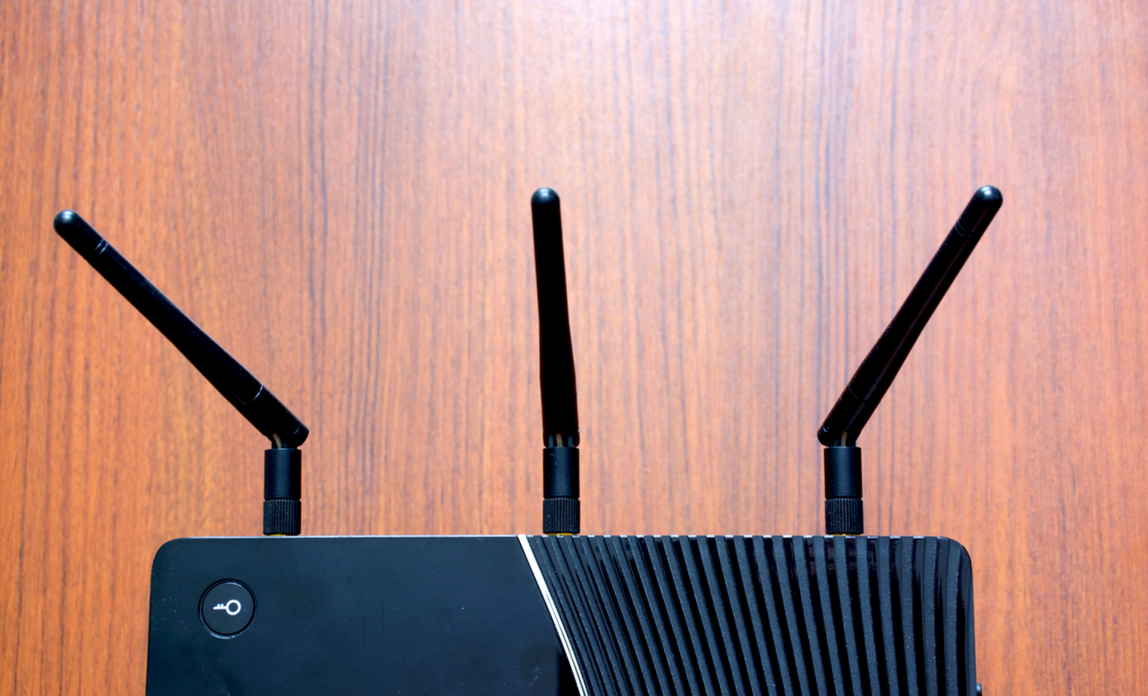 Wireless technology is convenient, cheap and built into every new smartphone, tablet and laptop computer on the market. Many businesses use wireless (Wi-Fi) networks either alongside traditional wired networks or as an alternative
Wireless technology is convenient, cheap and built into every new smartphone, tablet and laptop computer on the market. Many businesses use wireless (Wi-Fi) networks either alongside traditional wired networks or as an alternative
With use of mobile devices widespread, the arguments for having a wireless network are strong for most businesses.
The cost of creating a wireless network is generally quite low (especially in small offices), yet the payoff in terms of convenience, productivity and flexibility is significant.
What are wireless networks?
Wireless networks do the same thing as any other IT network - they link together computers and other devices so staff can share files, access the internet and use centralised applications.
The difference is that while traditional networks use physical cables to link devices together, wireless networks use radio waves.
The technology used in a wireless connection is usually referred to as 'Wi-Fi' or simply 'wireless'. It's similar to the signals used in smartphones and allows for the transfer of data between devices without any cables.
Using a wireless connection
There are a number of benefits to setting up a wireless network in your business:
- They're cheap and easy to set up. You can set up a simple wireless network for less than £100, without help from an IT expert.
- They're easy to expand. Adding extra devices to a wireless network doesn't involve extra cables or network points and extending the reach of a Wi-Fi network is relatively inexepensive.
- You get extra flexibility. You can access the network in meeting rooms, break out areas and sometimes even outside the building.
However, although wireless networks are easy to set up, they have a few drawbacks which mean they're most often used alongside a wired network:
- Speed. Although wireless networks are fast enough for most uses, they are generally slower than wired networks, which are better for transferring large files.
- Reliability. Although generally dependable, wireless network interference can slow or break the connection – usually at the most inconvenient times!
- Security. You can take steps to secure your wireless network, but because the signal will bleed outside your premises, a wired network will always be more secure.
Wireless networks are particularly useful in situations where running cables would be difficult, or where you want extra flexibility – perhaps to offer a network connection to visitors or within your meeting rooms.
Does every business need wireless?
Wi-Fi is everywhere in our town centres and high streets; it's very rare in the digital age to find yourself without access to some form of wireless connection.
Ian Kilpatrick, chairman of Nuvias Group, reckons businesses need to implement wireless to meet staff expectations:
"Wireless is more cost-effective, more convenient, less disruptive, encourages productivity - and users want it."
How to set up a wireless network
You need two essential pieces of equipment to set up a wireless network:
- A router. This piece of hardware is the central point of your wireless network. All your wireless devices (laptops, smartphones, tablets, etc) connect to it. The router itself will connect directly to the internet and share that connection with any device to which it is attached. Basic routers cost around £70.
- Wireless devices. These can be laptops, smartphones, tablets, or any other piece of equipment which is able to connect to wireless networks.
Every laptop, smartphone and tablet built within the last few years will have wireless networking as standard. You can add wireless capabilities to older desktop computers by purchasing an adaptor for around £20.
There are several different speeds of wireless networks, each with a different, tricky-to-remember name (802.11g, 802.11n and 802.11ac are the most common). You don't need to worry about this too much, as devices which run at different speeds should happily work together. Just opt for the fastest you can afford – at present, that's 802.11ac.
If your business already has a wired network but you need to extend its coverage, you can usually connect additional wireless access points. Position the access point so the signal covers the area in question.
Once your wireless network is set up, take some key security precautions. Change the default administrator password for your router, turn on its built-in firewall (it should be enabled by default), and enable encryption so it's harder for people to intercept information being sent across your network. Also consider hiding the network so it doesn't show up when people scan for wireless networks.
Most routers and wireless access points will offer a step-by-step guide to help you get set up. However, it's worth contacting your IT supplier for assistance with more complicated setups – particularly those involving several access points or large premises.


